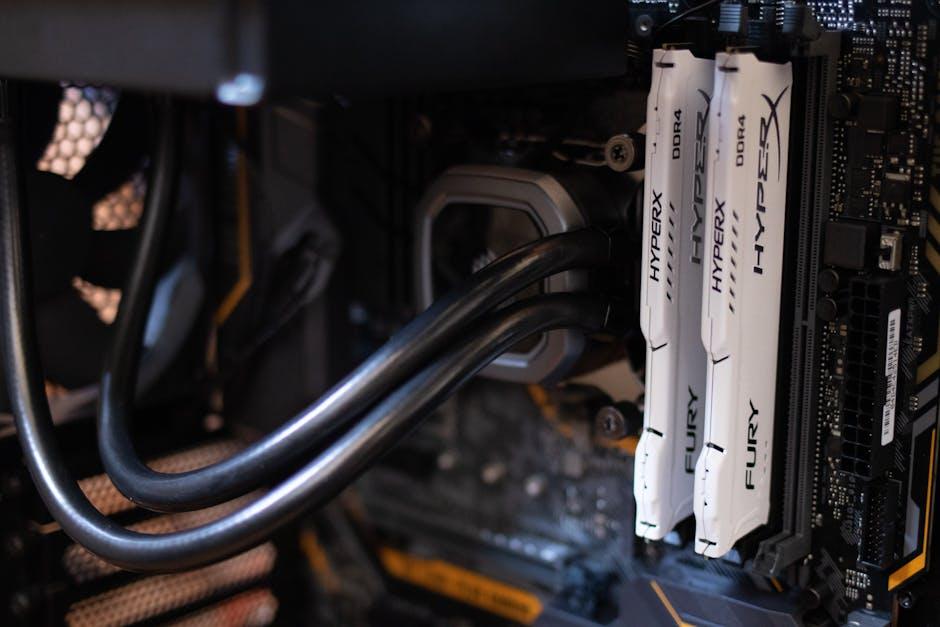Understanding Server Performance Optimization
In today’s digital-first world, the performance of your server plays a crucial role in delivering a smooth, fast, and reliable user experience. Whether you run a personal blog, an eCommerce site, or a high-traffic web application, understanding server performance optimization can be a game changer. This comprehensive guide dives deep into what server performance optimization is, why it matters, and how you can implement practical strategies to enhance your server’s efficiency and responsiveness.
What is Server Performance Optimization?
Server performance optimization refers to the process of tuning and improving the server environment and configurations to maximize speed, scalability, and reliability. This optimization ensures that incoming requests are handled swiftly, server resources are efficiently utilized, and downtime or lag is minimized. By optimizing server performance, businesses improve SEO rankings, reduce bounce rates, and deliver superior engagement and conversion rates.
Key Components of Server Performance
- CPU and Memory Utilization
- Disk Input/Output (I/O) Speed
- Network Latency and Throughput
- Software Stack Efficiency (Web server, database, caching, etc.)
- Load Balancing and Scalability
Why Server Performance Optimization is Crucial
Optimizing server performance is more than just making your site load faster. It drives multiple business and technical benefits:
- Improved User Experience: Faster websites keep visitors engaged longer and reduce frustration caused by slow loading times.
- Better SEO Rankings: Search engines like Google use page speed as a ranking factor, influencing organic traffic growth.
- Reduced Operational Costs: Efficient resource utilization can lower server hosting expenses and reduce infrastructure needs.
- Enhanced Scalability: Optimization allows your server to handle increasing traffic gracefully without crashes or slowdowns.
Practical Tips for Server Performance Optimization
Ready to boost your server performance? Here are actionable strategies that you can adopt immediately:
1. Monitor and Analyze Server Metrics
Use monitoring tools to track CPU load, memory usage, disk I/O, and network traffic. Tools like New Relic, Datadog, or built-in Linux utilities (top, iostat, netstat) provide insight into bottlenecks.
2. Optimize Server Hardware
- Choose SSDs over traditional HDDs for faster data access.
- Increase RAM to reduce swapping and improve caching.
- Upgrade to higher-performance CPUs if CPU usage consistently maxes out.
3. Implement Caching Solutions
Caching reduces the workload on servers by serving stored responses to repeat requests.
- Server-side caching: Use Redis or Memcached for database query caching.
- Application-level caching: Optimize WordPress with plugins like WP Rocket or W3 Total Cache.
- CDN caching: Deliver static content quickly using Content Delivery Networks like Cloudflare or Amazon CloudFront.
4. Optimize Database Performance
- Regularly clean and optimize your databases to prevent bloating.
- Use proper indexing to accelerate queries.
- Implement query caching where available.
5. Use Efficient Web Servers
Switching to lightweight and performant web servers like Nginx instead of Apache can significantly improve response times and handle more concurrent connections.
6. Configure Load Balancers
For high-traffic scenarios, distribute incoming requests across multiple servers to avoid overload and improve reliability.
Comparing Common Server Optimization Techniques
| Optimization Technique | Benefit | Typical Use Case |
|---|---|---|
| Caching (Redis, Memcached) | Reduces database load, accelerates response time | Dynamic content-heavy websites |
| Using SSD Storage | Faster read/write speed than HDDs | Data-intensive applications |
| Nginx vs Apache | More efficient handling of concurrent connections | High traffic servers requiring low latency |
| Load Balancing | Improves scalability and reliability | Enterprise websites and apps |
Case Study: How Server Optimization Boosted a WordPress Site’s Performance
One popular eCommerce website experienced slow page loads during peak traffic, leading to high cart abandonment rates. By applying a combination of caching plugins, upgrading to Nginx, and implementing Redis for database caching, the site saw:
- A 60% decrease in average page load time
- 40% reduction in server CPU load
- Significant improvement in Google PageSpeed scores
- Increased sales conversions due to faster checkout experiences
Conclusion: Take Control of Your Server Performance Today
Server performance optimization is an essential aspect of modern website management that directly impacts user satisfaction, search engine rankings, and operational costs. By understanding the key components, benefits, and practical tips outlined in this guide, you can proactively improve your server environment for optimal speed and reliability. Start with monitoring your current server metrics, implement caching, optimize your database, and don’t hesitate to upgrade your hardware or switch to more efficient software solutions. The investment in time and resources will pay dividends through smoother user experiences and enhanced business performance.
Ready to supercharge your website? Begin your server optimization journey now and watch your online presence flourish!











